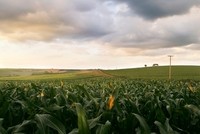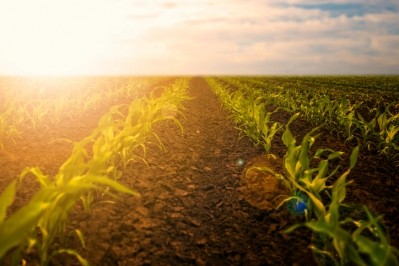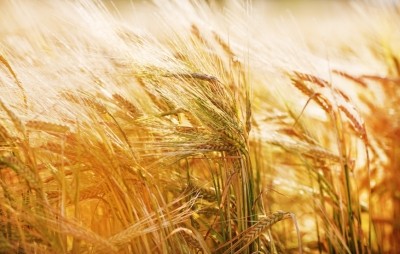Extreme weather events signal need for information, agile feed crop agriculture

It takes a large amount of energy to warm the earth’s atmosphere even one degree celsius and now this additional energy is available to do “work,” said John Corbett, aWhere co-founder, CEO and a presenter at the upcoming Oilseed and Grain Trade Summit in Minneapolis. “We have observed that the atmosphere is warmer,” he added.
“One degree of warming doesn’t scare anybody,” he told FeedNavigator. “And it can hold 7% more water vapor, [and] that doesn’t scare anybody until you do the math.”
Previously, the chance that an extreme event could hit a growing cycle was relatively small, but the opportunities for those interactions are increasing, he said. It will take information to help farmers mitigate the increased strain.
“Extreme events are increasing in ways that are going to affect agriculture negatively into the future,” said Corbett. “Extreme weather events that used to occur one in 1,000 days are now occurring 1 in 200 days.”
The changes also may mean more regional variability and concentrated weather events, like localized areas of drought, which are patterns less common for growers in the US, said Corbett. “It’s not in the historical record,” he added.
Extreme events and agile agriculture
One factor of the changing weather events stems from Hadley cell expansion, said Corbett. The cell is a tropical atmospheric circulation of air that moves from the equator toward the poles.
“As this descending air shifts poleward, it’s going to effect the continental US in ways that are shocking and different than the past – macroscale events, extreme precipitation, high temperature or drought,” he said.
Seasonal crops take between 70 to 150 days to mature, he said. “The risk of an extreme event has gone way up,” he added.
“The growing season in the US has increased every year since 1985,” he said. “The weather is different and there is no historical analog – it’s new, it’s out of the historic register.”
The altered conditions will bring changes to production cycles for growers in the US, said Corbett. But they may be worse for those growing non-agile crops – or those that have a harder time responding to change, like tree crops.
“Farmers are smart, and they’re adaptive and they’ll plant different varieties,” he said. “But weather extremes can still exceed the box of what the crop can withstand, [like] a giant downdraft, you’re not going to protect against it.”
In Africa, pocket droughts can put enormous pressure on farmers, and that may be an event that starts happening more often in the US, he said.
Dampening the shocks
The only way to address a shock is to use current information, said Corbett. “The earth’s atmosphere has really changed, you can’t look at data from the 1980s and 1990s and expect it to give you a clue,” he added.
His company is working to provide the types of information that can dampen shocks generated by unexpected weather, he said. The company collects and processes billions of data points daily to create a series of virtual weather stations – every 9km across the planet – to and provide insights for agricultural interests.
“The best we can do, from my perspective, is monitor the observed data,” he said. “We’re trying to help dampen some of the shocks by providing information to the input providers, growers and the markets.”
There also are some types of agile or responsive agriculture being done in the US, where input or seed companies are able to work with farmers as conditions change, he said.
For example, “One of the things coming with a warmer atmosphere is warmer, more humid nights, [and they] are more conducive to foliar diseases,” said Corbett. “As these diseases emerge, the input providers can respond as the information flow to help farmers decide what is the optimal agro-economic response.













